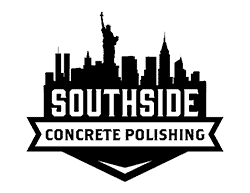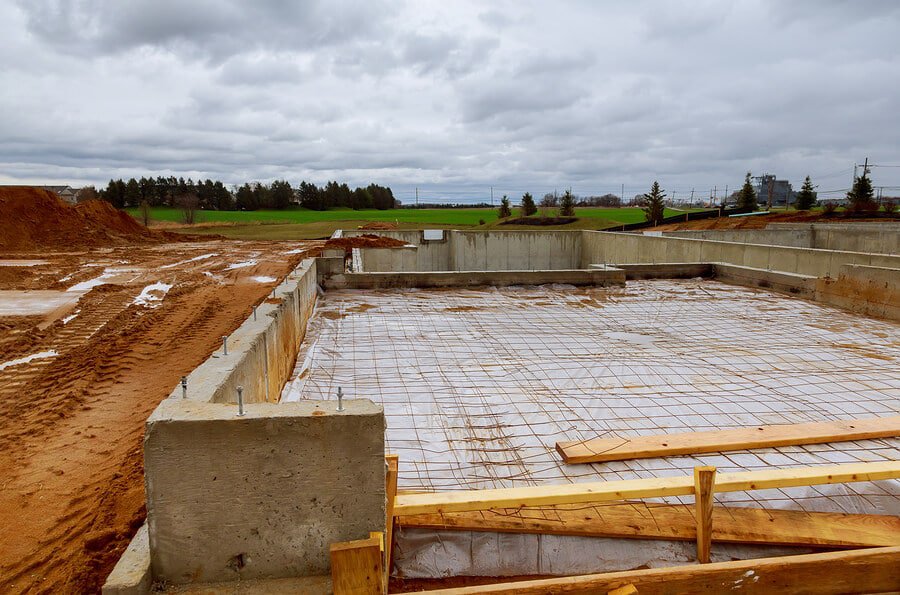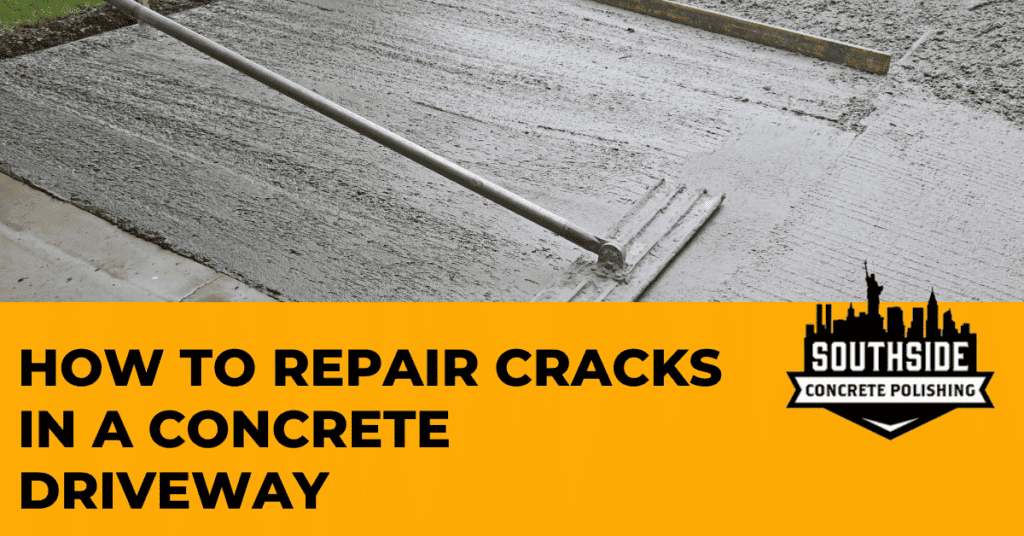It doesn’t matter whether you own a commercial building or a residential home: you’re going to want to have it waterproofed. Perhaps the biggest concern to any foundation is the influence of nature and the outside elements. And out of all the elements, water causes the most amount of damage to buildings around the globe. The foundational structure – or framework – of a building is the most important part of any structure, because a foundational issue can make a structure unlivable very quickly. If your house is experiencing leaks or your basement flooded, it might be time to hire a concrete waterproofing company. Here is a complete guide to a waterproof foundation.
Exterior Foundation Waterproofing
Almost every building’s structure is made out of reinforced concrete. Concrete is not waterproof and already comes with miniature cracks. Concrete is also porous, which means it is pretty decent at absorbing water and other liquids. While concrete can keep out most of the water, moisture and vapor can still penetrate through the concrete, which can create a whole host of problems such as condensation, water damage, mold, mildew, and wood rot.
The easiest way to start waterproofing is through exterior foundation waterproofing. This is really only applicable if you’re willing to do some serious excavating work outside, as it starts with waterproofing the foundation itself. For DIY and small-scale waterproofing, interior is usually the way to go. If a house was built properly, the exterior concrete foundation should have already been waterproofed to some degree. Excavating requires a permit and a considerable amount of work, but is sometimes necessary if you see moisture or flooding from the base of the floorboards or basement floor.
Exterior waterproofing starts with the installation of a sump pit and drain tile. If you do not already have a sump pit and a sump pump installed, excavation and installation of drain tile and all the necessary equipment will be required. Any considerable cracks on the exterior concrete of the house should be patched with a mortar-based product. Then an exterior masonry sealant should be installed via a roll, spray, or brush.
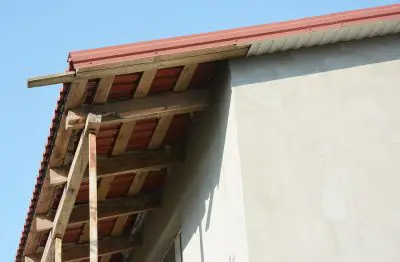
Another exterior source of waterproofing would be the roof. Hire a certified roof inspector to take a look at the state of the roof. Pay special attention to the soffits, fascia boards, and flashing on the roof. As an additional step that you can do yourself, make sure your gutters and downspouts are clear of debris such as leaves and dirt. Apply a coat of paint to any areas that are starting to chip, and replace any rotting or damaged wood.
A backup of water due to clogged gutters can cause the fascia boards to take the brunt of the water flow (the fascia boards are the boards underneath the wood overhang). This can cause waterlogged boards and wood rot, which is something that you definitely want to avoid. Check the flashing around any exterior vents and make sure to repair old, damaged, or warped shingles. The flashing is the waterproof membrane beneath the shingles of the roof. Gutters and downspouts are incredibly important and should divert the water at least 4-6 feet away from the foundation of the house.
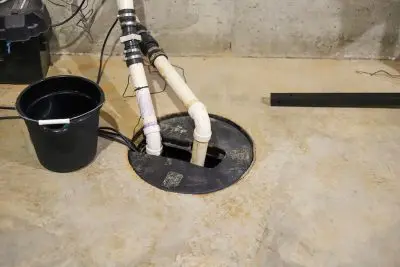
Hopefully, when the house was built, the builders took all the precautionary measures that would ensure a waterproof structure. That would mean that your basement already has a sump pit and a sump pump (the primary purpose of a sump pit is to avoid a basement flood. Water is diverted so the basement – which is sometimes below sea level – is not flooded).
Interior Waterproof Foundation
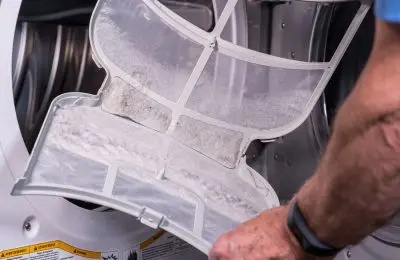
Interior waterproofing will help any inside issues that are causing a moisture buildup. In one of our most recent blogs, our DIY Guide to Reduce Moisture in a Basement, we discussed five common issues of basement moisture, which are summarized below:
- Check the dryer vents. A dryer vent may be loose, which could cause the hot air to improperly escape from your dryer. This can cause condensation and eventual moisture buildup.
- Make sure that your sump pit has a water-tight lid on top. An improperly installed lid can allow the evaporating water to cause a number of moisture problems.
- Water seepage can occur in many places, but the three most likely places are the crack where the floor meets the wall, through the top of the foundation, or through cracks that formed in the foundation of the concrete. Epoxy filling or mortar will usually fix this issue.
- Leaks in the plumbing can be hard to spot, especially if they are behind the walls of the house. Likely places include showers, laundry sinks, washers, vanities, and behind fridges. The issue with behind-the-wall leaks is that they can fester for a few months before any noticeable damage is seen. Check to see if your bathroom shower walls appear or feel soft.
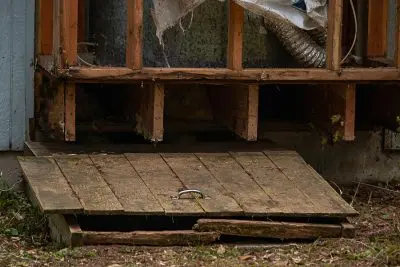
A crawl space near the basement can allow moisture from the ground to evaporate into the basement, which can cause a moisture buildup in the basement. A solution would be the installation of a drainage pump. Never put a dehumidifier in a dirt floor crawl space, as this could cause shifts in the soil and foundation.
Share This Post
